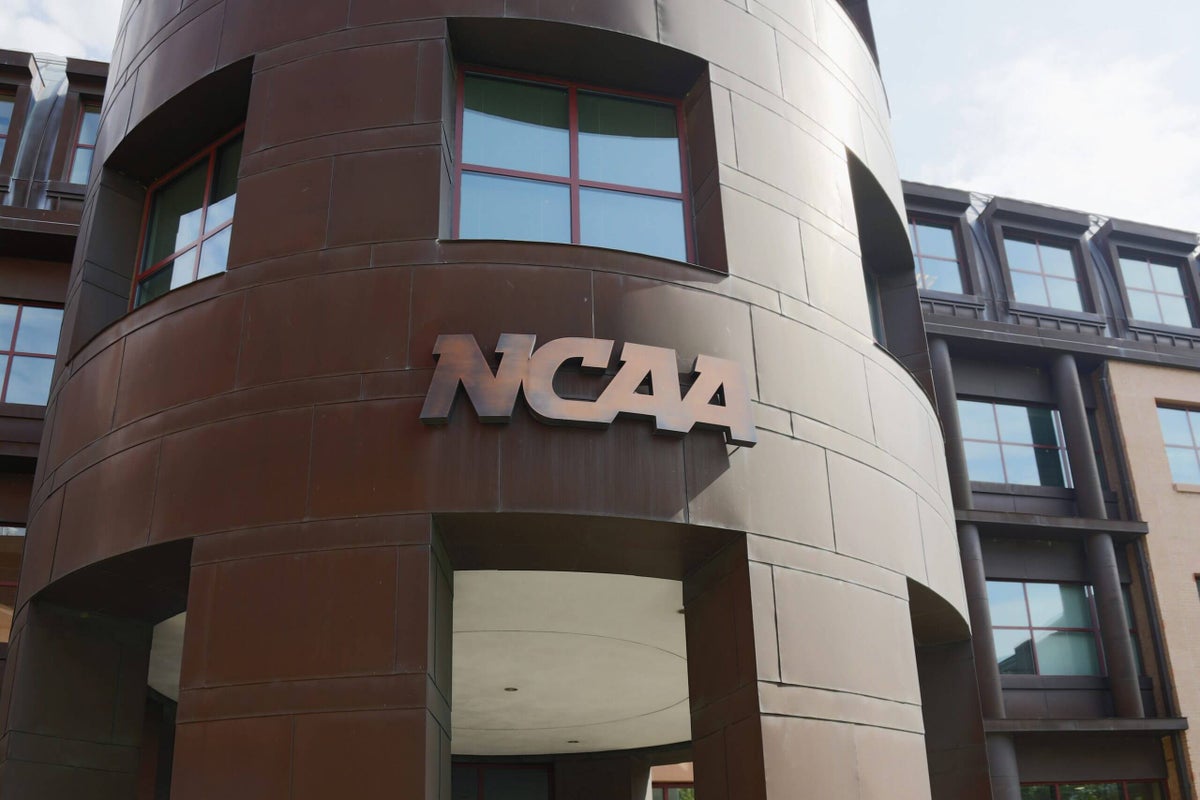

A federal judge in California heard objections Monday during a final approval hearing on the $2.8 billion agreement that aims to settle three antitrust lawsuits against the NCAA and five major college conferences. If approved, the settlement would allow schools to begin directly paying athletes starting July 1, but a final decision on the settlement has not yet been made.
Advertisement
U.S. District Court Judge Claudia Wilken declined to make a final ruling from the bench Monday, with the hearing in Oakland, Calif., wrapping up just over an hour before the NCAA men’s national championship game tipped off in San Antonio. Wilken raised several questions related to the objections, but she also expressed optimism for eventual approval if those questions can be addressed.
“Basically, I think it is a good settlement — don’t quote me,” said Wilken. “I think it is worth pursuing and I think some of these things could be fixed if people tried to fix them, and that it would be worth their while to try to fix them.”
Lawyers representing both sides of the settlement — the plaintiff class representatives, and the NCAA and power conference defendants — agreed to consider Wilken’s directives and respond to the court in one week. Objectors will have an additional day to respond as well.
“I just want to really reiterate here, this was a long road to get to this point, we needed a lot of schools to approve it, there are a lot of different pieces of this settlement,” said NCAA attorney Rakesh Kilaru, addressing Wilken. “I cannot make you any promises that we’re going to say anything is different, because we think what we did is appropriate and enough, but we’ll take it under advisement and come back.”
Conferences and schools have already been preparing to opt into a revenue-sharing system, among other terms, in which schools could distribute roughly $20.5 million per year directly to athletes. But none of that can begin unless, and until, the settlement is approved.
“We obviously are anxious to move forward with the process because if you do approve, then schools are actually going to start doing things,” said plaintiff attorney Jeffrey Kessler.
What are the judge’s key questions?
Wilken’s most pressing questions focused on the settlement’s implementation of roster limits, future college athletes being bound by the settlement, and regulating payments from third-party name, image and likeness (NIL) entities, such as booster-funded collectives.
The judge spent considerable time on the topic of new roster-size limits for each sport, which would replace existing scholarship limits under the proposed settlement. Each team could allocate full or partial scholarships for as many or as few athletes as it wants within the allotted number of roster spots, and no sport would see a reduction in possible scholarship spots. But these roster limits threaten or have already led to athletes in revenue and non-revenue sports losing roster spots.
Advertisement
In football, the roster limit would be set at 105. That’s higher than the current scholarship limit of 85 and allows for a school to fund as many as 20 additional scholarships in football if they choose to. (Many have indicated they would stay at or around 85.) However, most FBS football programs previously had 110 to 120 roster spots, with walk-ons filling the non-scholarship roles. Under the settlement, football teams would need to cut players to get within the new limit of 105.
It’s similar in non-revenue sports such as swimming, track and cross country, where walk-on spots would be eliminated. Future scholarship dollars could also potentially be reallocated under the increasing financial burden of revenue sharing, which will largely be directed to revenue sports.
Wilken suggested amending the settlement to allow any athlete with a current roster spot to be grandfathered in until their college eligibility is exhausted, something she asked to be addressed in the lawyers’ follow-up report.
Wilken also raised questions about future athletes — which she generalized as “the 10-year-old playing kickball on the asphalt” — being bound by the forward-facing terms of the settlement without having input on the terms.
Lawyers on both sides of the settlement repeatedly argued that every year under the 10-year settlement, the new class of college athletes would receive a notice and be allowed to object at a hearing, just as objectors did Monday. Wilken requested additional case examples and precedents involving similar settlements.
What about attempts to regulate NIL?
Monday’s final approval hearing was reminiscent of the preliminary approval hearing last September, during which Wilken sent the settlement parties “back to the drawing board,” largely regarding proposed restrictions on third-party name, image and likeness (NIL) payments to college athletes. Wilken ultimately granted preliminary approval after revisions and clarifications were made to the settlement agreement, though the topic came up again on Monday.
Advertisement
Wilken revisited questions about the settlement’s proposed enforcement of third-party NIL payments to athletes, particularly from collectives. Under the settlement, any third-party NIL agreements would be in addition to the revenue-sharing cap, but the settlement intends to eliminate the current state of pay-for-play by requiring any payment over $600 to go through a clearinghouse that must approve it as “fair market value.”
When Wilken asked for a “pro-competitive justification” for these limitations, Kilaru claimed they would contribute to competitive balance and bring transparency to the NIL space.
“Today’s hearing on the landmark settlement was a significant step in modernizing college sports,” NCAA president Charlie Baker said in a statement. “If approved, the settlement will allow student-athletes the opportunity to receive nearly 50 percent of athletic department revenue in a sustainable and fair system for years to come.”
The power conference defendants — the ACC, Big Ten, Big 12, Pac-12 and SEC — said in a statement that they “continue to support the agreed-upon settlement.”
“We will provide all requested information in a timely manner and remain focused on securing Judge Wilken’s approval of this proposed agreement, allowing us to move forward with implementing these significant advancements for student-athletes across the country,” their statement said.
What comes next?
There have been only 73 total objectors and less than 350 opt-outs from a settlement class of nearly 400,000 former and current athletes, something Wilken made note of and further signals an eventual approval. More than a dozen of those objections were presented during the hearing, including comments by LSU gymnast Olivia Dunne and Utah swimmer Gannon Flynn.
Objection topics also touched on Title IX, collective bargaining and a congressional antitrust exemption, none of which would be resolved under the settlement. An approved settlement would formalize a massive shift in the way college sports are conducted, but it would not mean the lawsuits and legal challenges are over.
Advertisement
For now, the settlement and its landscape-altering fallout remain in a holding pattern.
“I would like to have you all think about what you heard today and what I’ve said today, talk about it with your clients, talk about it with each other,” said Wilken. “See what you think you could do about all these issues. … We’ll have at least some sort of report in a week and at that point, we’ll decide what to do next.”
— Stewart Mandel and Ralph Russo contributed reporting.
(Photo: Joe Robbins / Getty Images)
This news was originally published on this post .







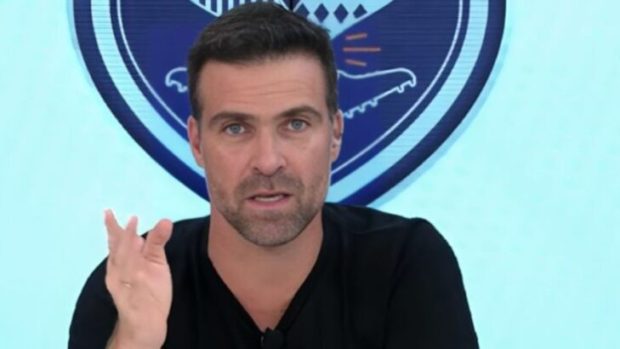
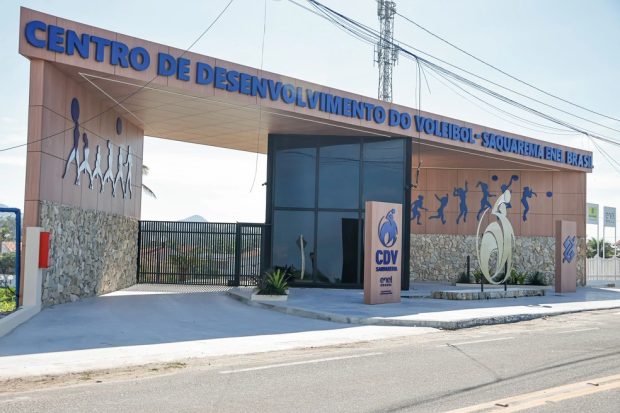
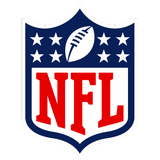
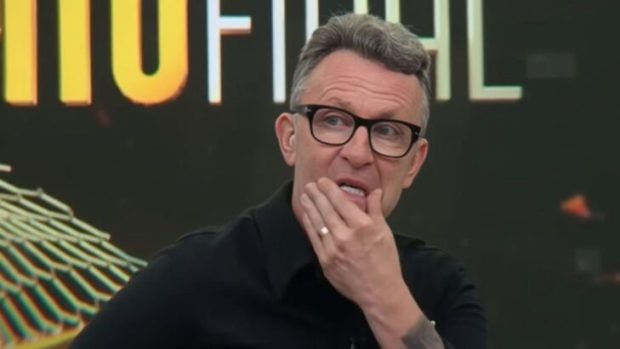
Be the first to leave a comment